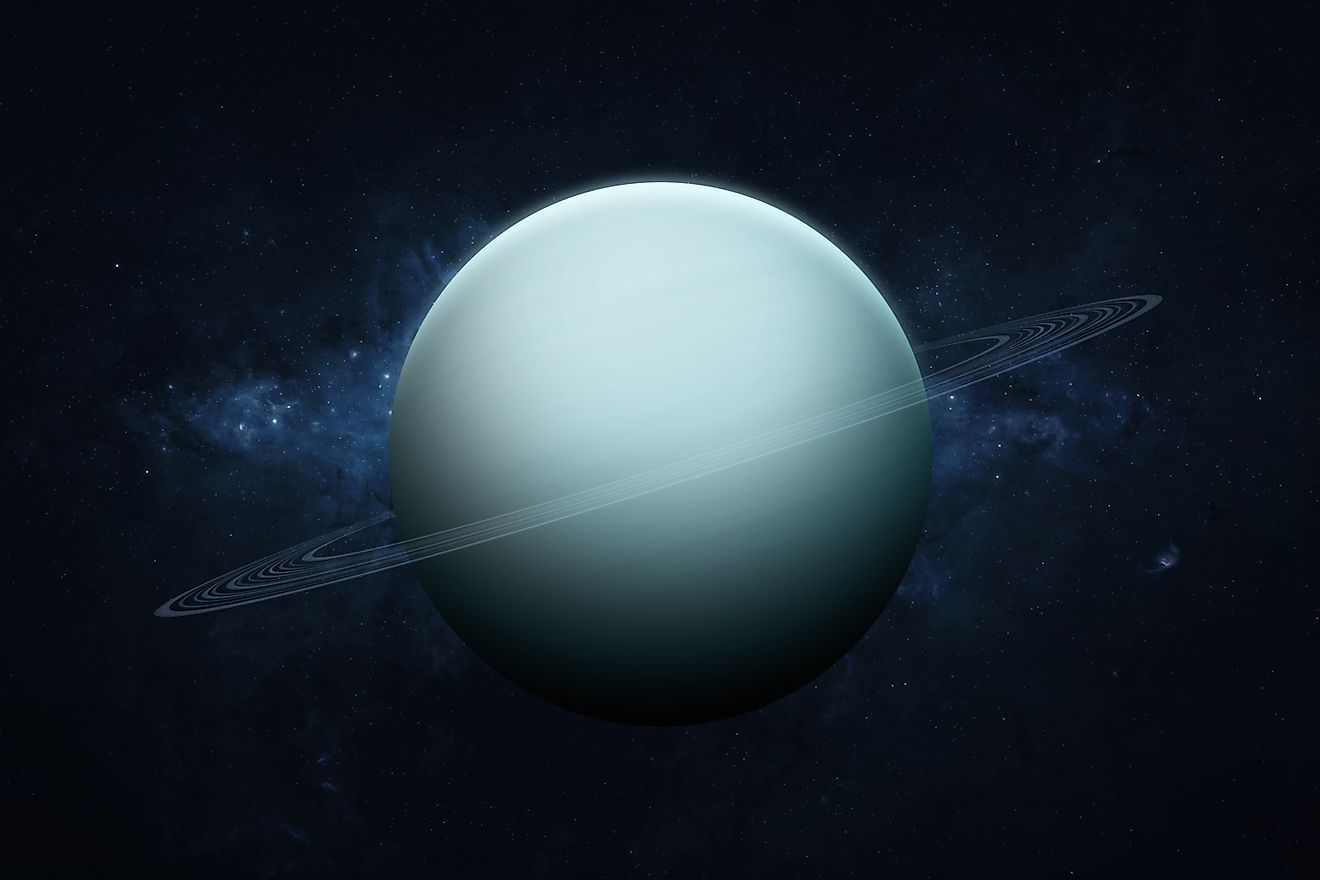
The Most Common Elements In The Universe
All of the visible matter we can see around us, from the Earth to the distant stars, is composed of various elements. The elements are organized into the periodic table containing 118 known elements. Of those 118 elements, 92 occur naturally, and the others have been created by humans through experiments or as byproducts of nuclear reactors. Of those 92 elements, which are the most common in the universe?
Where Elements Come From

The universe began in the Big Bang nearly 14-billion years ago. For the first moments after the Big Bang, temperatures were far too high for elements to form. Rather, the early universe was a sea of energy, electrons, and quarks. As temperatures cooled, quarks came together in groups of three to form the first protons and neutrons. A single proton is a hydrogen nuclei, and so the first element to form was hydrogen. However, without electrons, they were not true elements. Temperatures were still high enough for some protons to fuse together and form helium nuclei, along with small amounts of lithium. It took 380,000 years for temperatures to become cold enough for the first atomic nuclei to capture electrons, and the first elements were born. At the time, the universe only contained three different elements: hydrogen, helium, and lithium. All other naturally occurring elements heavier than these three form within the cores of massive stars through the process of nuclear fusion.
The Most Common Elements

As one might expect, the abundance of any given element is somewhat dependent upon its simplicity. Hydrogen has only one proton and one electron, and thus it is the most abundant element in the universe. After hydrogen, helium is the most abundant element in the universe. In fact, hydrogen and helium combined make up more than 99% of all visible matter in the universe. Less than 1% of all that we can see is composed of everything heavier than helium. The ten most common elements in the universe go hydrogen, helium, oxygen, carbon, neon, iron, nitrogen, silicon, magnesium, and sulfur. It may seem strange that some lighter elements, such as lithium and beryllium, are not in the top ten. Despite some elements being lighter and more simple than those listed, they are not nearly as common. That’s because some elements are actually destroyed during the fusion process within stars, and so they become exceedingly rare in the cosmos. Furthermore, elements heavier than iron are so rare because stars can only create them for a short period of time. Fusing elements heavier than iron absorbs far more energy than they release, and so when stars make iron in their cores, they reach the end of their life. The most massive stars will explode in mighty supernovae supernovae, dispersing their newly formed elements into space. Those elements will one day be used in the formation of another generation of stars and planets.











